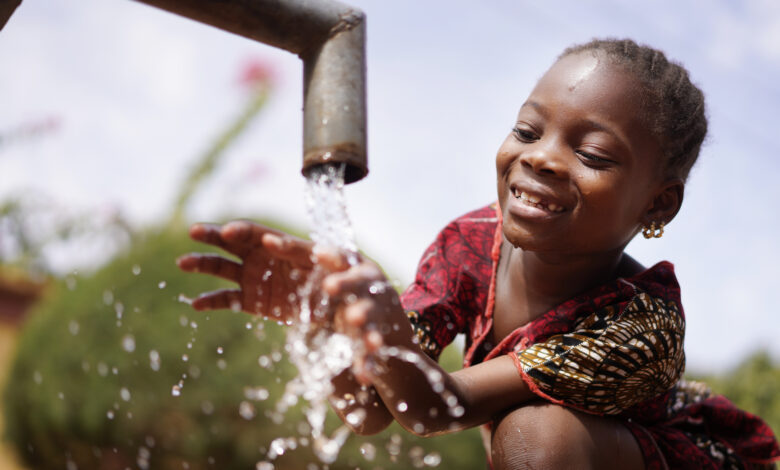Global Water Challenges: Ensuring Safe and Accessible Drinking Water

Water is life’s most vital resource, essential for survival and a cornerstone of public health. Yet, as we delve into the 21st century, numerous challenges threaten the availability and safety of this precious commodity. A closer look at the global water landscape reveals a complex web of issues encompassing water scarcity, contamination, health risks, and socio-economic disparities.
In 2021, over 2 billion people reside in water-stressed regions, and this challenge is poised to intensify due to the dual impacts of climate change and population growth. Climate change is altering precipitation patterns, exacerbating droughts, and increasing the strain on already scarce water resources.
The year 2022 brought forth another disquieting statistic: at least 1.7 billion people worldwide are compelled to use drinking water sources contaminated with fecal matter. Microbial contamination, stemming from fecal contamination, poses the most significant threat to drinking water safety. The consequences of consuming such tainted water are dire, with diseases like cholera, diarrhea, dysentery, typhoid, and polio proliferating as a result.
While chemical contaminants such as arsenic, fluoride, and nitrate have historically been at the forefront of water safety concerns, emerging contaminants like pharmaceuticals, pesticides, per- and polyfluoroalkyl substances (PFASs), and microplastics are garnering increasing public attention.
Ensuring access to safe and sufficient water is not only a matter of health but also a cornerstone of hygiene practices. Adequate water supply facilitates essential hygiene measures, curbing not only diarrheal diseases but also acute respiratory infections and various neglected tropical diseases.
Microbiological contamination in drinking water perpetuates a significant health burden, contributing to approximately 505,000 deaths annually due to diarrhea alone. This underscores the paramount importance of securing clean drinking water sources globally.
In 2022, a remarkable milestone was achieved, with 73% of the global population (6 billion people) accessing safely managed drinking-water services. These services entail having access to improved water sources on one’s premises, readily available when needed, and devoid of fecal or chemical contamination.
However, disparities persist. Approximately 1.5 billion people have basic drinking water services, providing access to improved water sources within a 30-minute round trip. An additional 292 million have limited services, necessitating more extended travel times, while 296 million resort to unprotected wells and springs. Alarmingly, 115 million individuals rely on untreated surface water from lakes, ponds, rivers, and streams, a practice fraught with health risks.
These disparities extend not only across rural and urban areas but also within cities, where marginalized communities often bear the brunt of inadequate water services.
The nexus between water and health is undeniable. Contaminated water and poor sanitation are breeding grounds for diseases like cholera, hepatitis A, typhoid, and polio. Healthcare facilities lacking proper water, sanitation, and hygiene services expose patients and staff to heightened health risks.
Furthermore, water scarcity, population growth, climate change, and demographic shifts challenge water supply systems. Historical progress rates must double for the world to achieve universal access to basic drinking water services by 2030, and sixfold for universally managed services. Reusing wastewater is emerging as a critical strategy to address these challenges.
In conclusion, the quest for safe and accessible drinking water remains an ongoing global challenge. Climate change, population growth, pollution, and inequality all play significant roles in shaping the water landscape. Sustainable development goals underscore the importance of equitable access to safe drinking water, recognizing it as a fundamental human right. Addressing these challenges requires international collaboration, innovative solutions, and a steadfast commitment to safeguarding this essential resource that underpins life itself.





